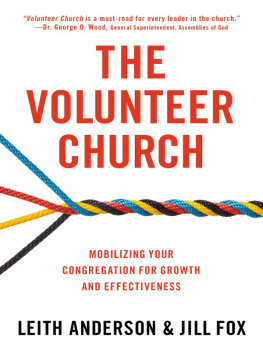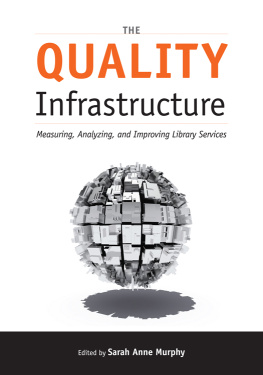Barbara Baroff Feinstein - The New Volunteerism: A Community Connection
Here you can read online Barbara Baroff Feinstein - The New Volunteerism: A Community Connection full text of the book (entire story) in english for free. Download pdf and epub, get meaning, cover and reviews about this ebook. year: 2007, publisher: Routledge, genre: Home and family. Description of the work, (preface) as well as reviews are available. Best literature library LitArk.com created for fans of good reading and offers a wide selection of genres:
Romance novel
Science fiction
Adventure
Detective
Science
History
Home and family
Prose
Art
Politics
Computer
Non-fiction
Religion
Business
Children
Humor
Choose a favorite category and find really read worthwhile books. Enjoy immersion in the world of imagination, feel the emotions of the characters or learn something new for yourself, make an fascinating discovery.

- Book:The New Volunteerism: A Community Connection
- Author:
- Publisher:Routledge
- Genre:
- Year:2007
- Rating:4 / 5
- Favourites:Add to favourites
- Your mark:
The New Volunteerism: A Community Connection: summary, description and annotation
We offer to read an annotation, description, summary or preface (depends on what the author of the book "The New Volunteerism: A Community Connection" wrote himself). If you haven't found the necessary information about the book — write in the comments, we will try to find it.
This unique volume is a case study of a successful and innovative program using case aide volunteers to deinstitutionalize mental patients. It will serve as an important reference for professionals, teachers, and administrators who are involved in the business of human services and require concrete information on how to develop effective volunteer programs to bridge the widening gap between services and needs.
The authors use their particular program as an empirical blueprint for principles undergirding the successful use of volunteers as extensions of professional social service staff. The case-aide handbook appended to the volume provides a quick prescription formula for how this volunteer program was made viable and how these techniques can be adapted to other programs.
In the new and enlarged edition of The New Volunteerism, the authors tell about whatever happened to... the case aides in their program, based on the responses to a questionnaire they designed and mailed to 100 of these men and women. Models for Volunteer/Professional Partnerships are defined and illustrated with creative and innovative volunteer programs reviewed by Feinstein and Cavanaugh. These programs serve many different populations, including: alcoholics, the elderly, the mentally ill, the retarded, abusive parents, and the terminally ill.
Barbara Feinstein is a graduate of Duke University and Boston University School of Social Work. She has worked in a variety of settings, including medical centers, mental hospitals, family agencies, and school systems. She has held faculty positions at Boston College Graduate School of Social Work and Boston University School of Social Work. She is now the director of People to People Associates, a private social service agency in Newton, Massachusetts.
Catherine Cavanaugh graduated from Hunter College of the City University of New York and received her professional social work education at Columbia University. She has worked in several family agencies and child guidance clinics in the New York City area. Now engaged in private clinical practice in Westchester and Putnam counties, New York, she specializes in the treatment of family problems and alcoholism.
Barbara Baroff Feinstein: author's other books
Who wrote The New Volunteerism: A Community Connection? Find out the surname, the name of the author of the book and a list of all author's works by series.






